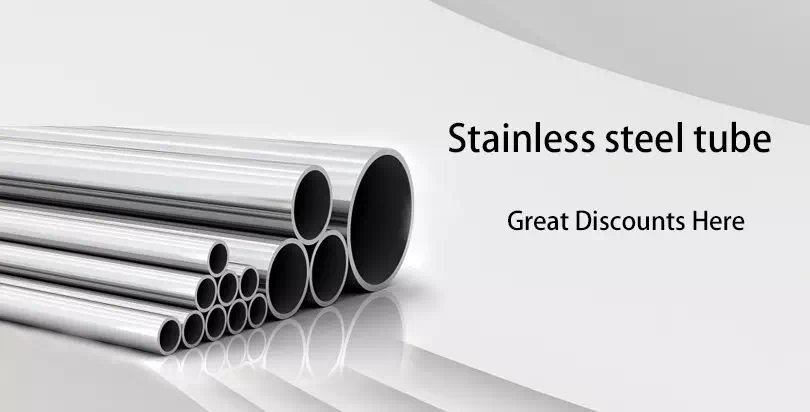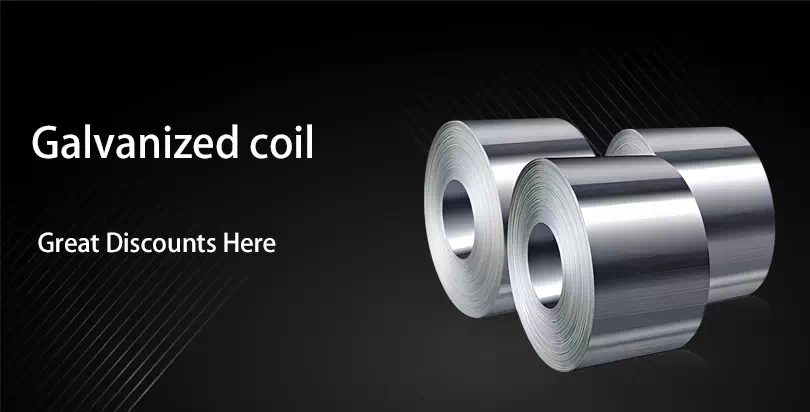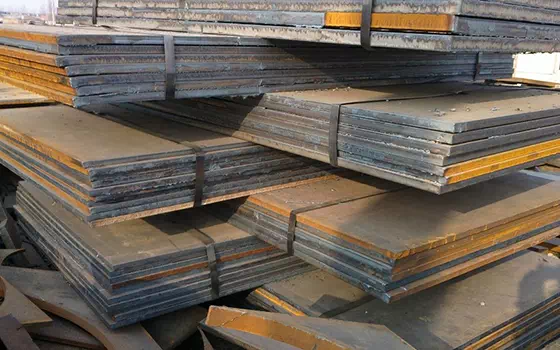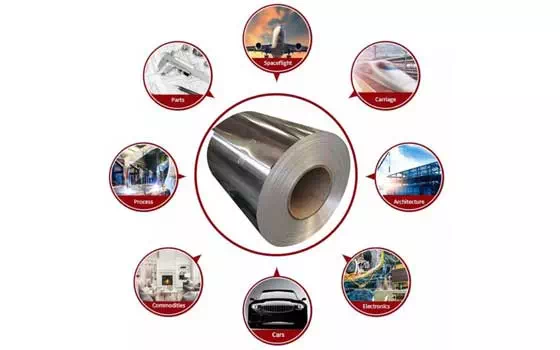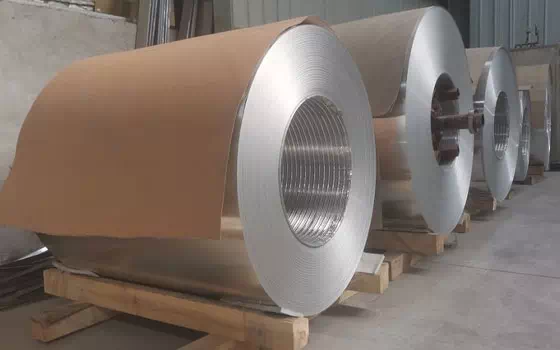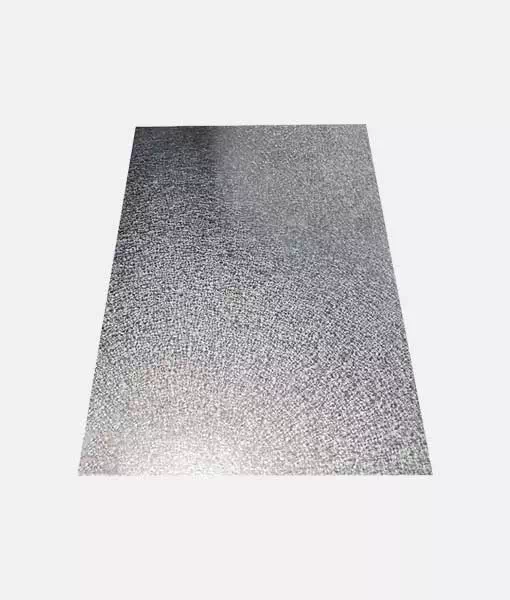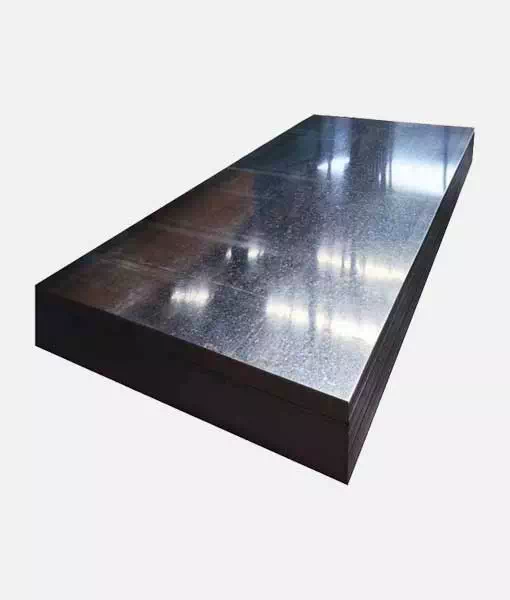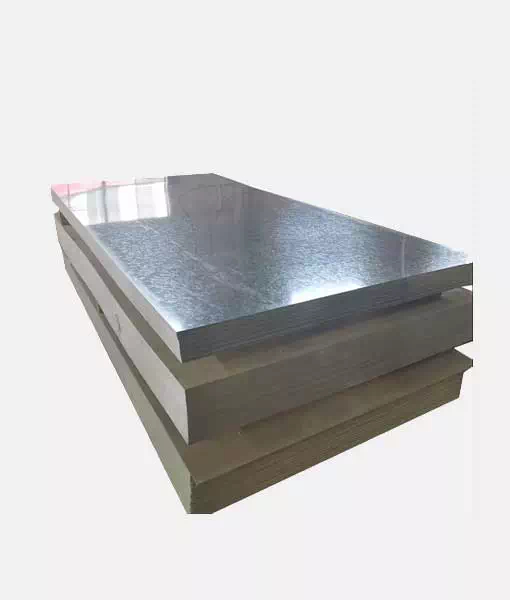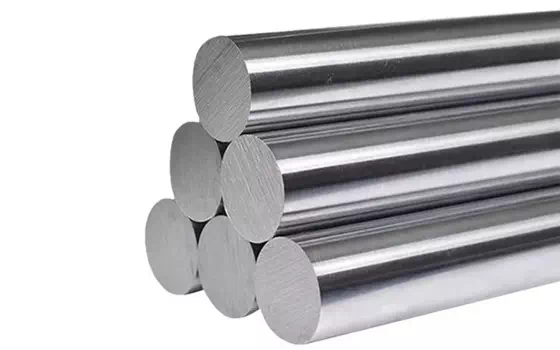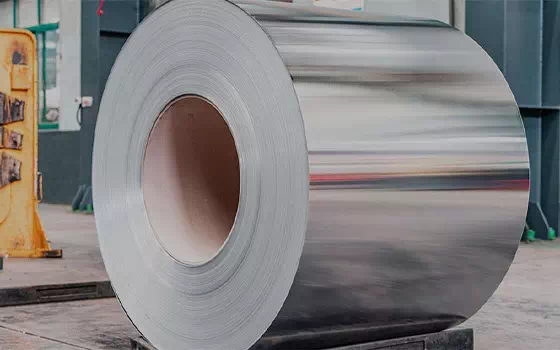Due to the blooming of household appliances, there are many kinds of surface treatment methods used in galvanized sheets, and the requirements for performance are also different, among which the most used is fingerprint resistant treatment.
Due to the blooming of household appliances, there are many kinds of surface treatment methods used in galvanized sheets, and the requirements for performance are also different, among which the most used is fingerprint resistant treatment.
1) The role of fingerprint processing
Fingerprint resistant treatment is to coat the surface of the galvanized sheet with an extremely thin, transparent organic resin film, which can prevent the fingerprints of the operators in the production and processing of the galvanized sheet from adhering to the product, affecting the appearance of the product. At the same time, it can also improve the corrosion resistance of the product, improve the lubricity of the forming process, and serve as the adhesive base of the subsequent coating.
2) Fingerprint resistant paint
Fingerprint resistant coating is best after passivation, in order to work with the passivation film, so that the product has both a good appearance and good corrosion resistance.
There are many kinds of water-soluble resins that can be used as fingerprint resistant coatings, such as acrylic resin, polyurethane resin and so on. Acrylic resin has light color, high transparency, good heat resistance, corrosion resistance, flexibility, processability, and strong adhesion to galvanized sheet, which is widely used in fingerprint resistance coating. Polyurethane resin has strong corrosion resistance and is widely used.
3) Resistance to fingerprint film formation process
The fingerprint resistant coating is applied on the surface of galvanized sheet by roller coating. The organic resin in the paint is suspended in the water phase with tiny particles, when drying, the water gradually evaporates, the volume shrinks, these dispersed polymer particles gradually approach each other, the capillary pressure between the particles forces the particles to squeeze, with the evaporation of water, the pressure continues to increase, so that the particles are deformed, and finally the particles are fused into a continuous organic film. Therefore, the drying temperature and time after fingerprint treatment are very important, otherwise it will cause poor curing of the coating film, and each layer of galvanized sheet inside the steel coil is bonded to each other. Generally, the film thickness is about 1μm, the plate temperature is about 110 ° C during drying, and then cooled to room temperature.
4) The composition of fingerprint resistant film
The fingerprint resistant film is divided into reaction layer, concentration layer and lubrication layer, respectively giving the fingerprint resistant film corrosion resistance, lubrication, fingerprint resistance, adhesion and other properties.
After the passivation solution is coated on the surface of the galvanized sheet, the film formation process is divided into four stages:
Stage I: wet film coating: the active ingredients are evenly dispersed in the water medium;
Stage II: Volatilization of unbound water in wet film;
Stage III: the separation of the dispersing agent on the surface of the resin emulsion particles → the fusion between the particles;
Stage IV: The ideal film forming state, the bound water/dispersant is completely separated, and the particles are fully cross-linked and fused.


